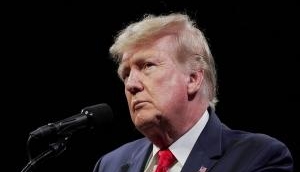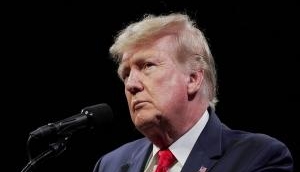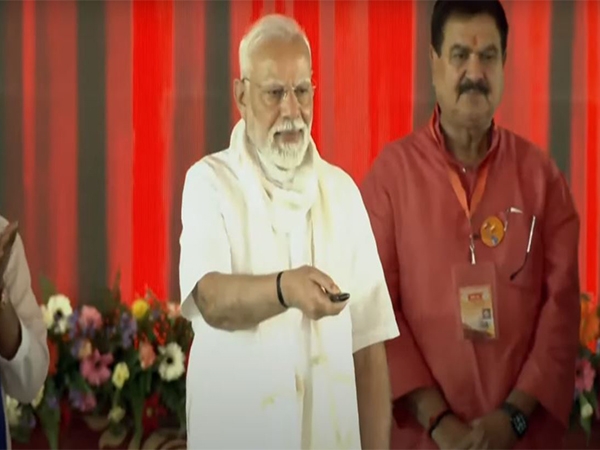Federalism be damned. Nepal govt & Madheshis must bury the hatchet

For last 10 months, the Madheshis living in southern part of Nepal have been protesting against the new Constitution that was promulgated on 20 September, 2015. Because of these protests, the Constitution could not be implemented even after eight months of its promulgation. But because of the collective ego of the feudal hill elites who have been ruling the country for 250 years, there has been no breakthrough in resolving the crisis.
As a result, 58 people were killed during the protests in Terai and thousands others have been injured. The conflict in Madhesh has now engulfed Kathmandu, the capital city of Nepal. If the stand-off between the government and Madheshis continues, it would strengthen the hands of radical groups and harm social harmony.
The Nepalese economy that suffered economic loss of over $7 billion dollars during the deadly earthquake of 25 April last year received another severe jolt due to the border blockade by the Madheshis for five months. Estimates are that the nation suffered economic loss of US$2 billion each month during that period as most of the transport services, industries, tourism and other sectors of the national economy were paralysed. The situation is so precarious that Nepal's rate of economic growth has now turned negative.
The demand
There is no obvious reason for the government's stubbornness in denying the legitimate demands of the agitating Madheshi groups. Their most crucial one is the formation of one or two undivided federal states in Terai from the Mechi river in the east to the Mahakali river in the west, which includes all the 20 districts in the region.
This demand is integrationist rather than secessionist. But under the seven-province model federal system in the new constitution, the government mixed twelve out of the twenty districts in Terai with the hills and allowed only province number two with eight districts to remain as the sole Madheshi state. This has created a sense of insecurity among the agitating parties who have been victims of marginalisation by the state for hundreds of years.
In fact, the federal issue has polarised the country to such an extent that any delay in resolving the present Madheshi crisis could invite greater disaster in the country. Therefore, time has now come for the Madheshis and the ruling hill elites to think if scrapping federalism from the Constitution could give a way out.
What would the Madheshis gain if they are given one or two federal states as per their demand? Is there any guarantee that they will get proportional representation in the state organs if this demand is met?
Will the federal state/states ensure their fair representation in security agencies like the police, army or intelligence services? Will it ensure that elections to the two Houses of Parliament - the House of Representatives and the National Assembly - are held on the basis of population? Will it guarantee the availability of citizenship to millions of Madheshis who have been deprived of it? Will it remove the biased clauses in the citizenship rules that do not allow the children of the Nepalese marrying with foreigners to reach top positions in government organisations?
On the other hand, what would the hill elite groups of the Arya Khas ethnic communities gain by tearing the Madheshi land into pieces in the name of formation of federal states? Will they be able to live in peace by doing so on the land where the overwhelming majority is Madheshi?
Hence, there needs to be fresh debate in Nepal on whether the nation can do without federalism. If the Madheshis and the government decide to live without federalism, the nation could be saved from any possible disaster. In such a situation, the National Assembly that is heavily biased against the Madheshis will have to be scrapped. There would also been need for electoral reforms and granting at least 83 out of 165 electoral constituencies for the House of Representatives, the lower House of Parliament, in the Terai as this region to accommodate over half of country's total population.
It is likely that the Madheshis and hill Janajati groups would withdraw their agitation if such changes are introduced through the amendment of the Constitution. Even the hill elite from the Arya Khas groups are not going to lose much from such arrangement. Fairer representation of different ethnic groups, including the Madheshis, Tharus and Janajatis in the Parliament would not only create a congenial environment for proportional representation of the marginalised groups in the state but it would also remove anomalies in citizenship rules. This will be a win-win situation for all.
More in Catch - Nepal headed for another showdown: Madhes agitation moves to Kathmandu
Nepal constitution: Madheshi protests end but the anger remains
First published: 13 June 2016, 10:25 IST





![BJP's Kapil Mishra recreates Shankar Mahadevan’s ‘Breathless’ song to highlight Delhi pollution [WATCH] BJP's Kapil Mishra recreates Shankar Mahadevan’s ‘Breathless’ song to highlight Delhi pollution [WATCH]](https://images.catchnews.com/upload/2022/11/03/kapil-mishra_240884_300x172.png)

![Anupam Kher shares pictures of his toned body on 67th birthday [MUST SEE] Anupam Kher shares pictures of his toned body on 67th birthday [MUST SEE]](https://images.catchnews.com/upload/2022/03/07/Anupam_kher_231145_300x172.jpg)






